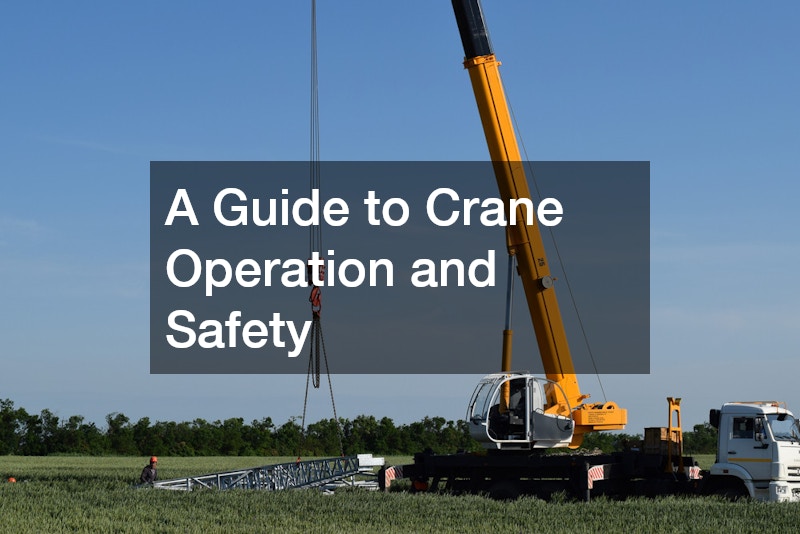A Guide to Crane Operation and Safety


Crane operation is a critical task in construction, manufacturing, and logistics, where heavy loads need to be moved with precision and safety. To ensure efficiency and prevent accidents, operators must follow strict safety guidelines and best practices.
Before beginning any crane operation, it’s essential to perform a thorough inspection of the equipment. This includes checking the cables, hooks, and other lifting components for wear and tear.
Operators should also verify that the crane is on stable ground and positioned correctly to handle the weight of the load.
Proper training is crucial for safe crane operation. Operators must understand the machine’s weight capacity and the load’s center of gravity to avoid tipping or overloading. Additionally, clear communication between the operator and ground personnel is essential. Using hand signals or radios ensures that everyone is aware of the crane’s movements and can take necessary precautions.
Another important safety aspect is the environment. Operators must be mindful of overhead obstacles like power lines or nearby structures. Maintaining a safe distance from these hazards prevents dangerous accidents, including electrical contact.
By following these safety protocols and ensuring proper training, crane operation can be conducted safely and efficiently, reducing the risk of workplace accidents and equipment damage.
.



